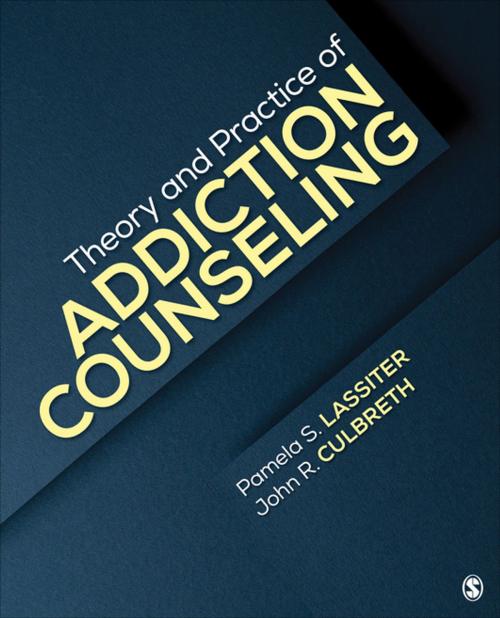Theory and Practice of Addiction Counseling
Nonfiction, Reference & Language, Education & Teaching, Counseling & Guidance, Social & Cultural Studies, Social Science| Author: | ISBN: | 9781506317311 | |
| Publisher: | SAGE Publications | Publication: | February 17, 2017 |
| Imprint: | SAGE Publications, Inc | Language: | English |
| Author: | |
| ISBN: | 9781506317311 |
| Publisher: | SAGE Publications |
| Publication: | February 17, 2017 |
| Imprint: | SAGE Publications, Inc |
| Language: | English |
Theory and Practice of Addiction Counseling by Pamela S. Lassiter and John R. Culbreth brings together contemporary theories of addiction and helps readers connect those theories to practice using a common multicultural case study. Theories covered include motivational interviewing, moral theory, developmental theory, cognitive behavioral theories, attachment theory, and sociological theory. Each chapter focuses on a single theory, describing its basic tenets, philosophical underpinnings, key concepts, and strengths and weaknesses. Each chapter also shows how practitioners using the theory would respond to a common case study, giving readers the opportunity to compare how the different theoretical approaches are applied to client situations. A final chapter discusses approaches to relapse prevention.
Theory and Practice of Addiction Counseling by Pamela S. Lassiter and John R. Culbreth brings together contemporary theories of addiction and helps readers connect those theories to practice using a common multicultural case study. Theories covered include motivational interviewing, moral theory, developmental theory, cognitive behavioral theories, attachment theory, and sociological theory. Each chapter focuses on a single theory, describing its basic tenets, philosophical underpinnings, key concepts, and strengths and weaknesses. Each chapter also shows how practitioners using the theory would respond to a common case study, giving readers the opportunity to compare how the different theoretical approaches are applied to client situations. A final chapter discusses approaches to relapse prevention.















